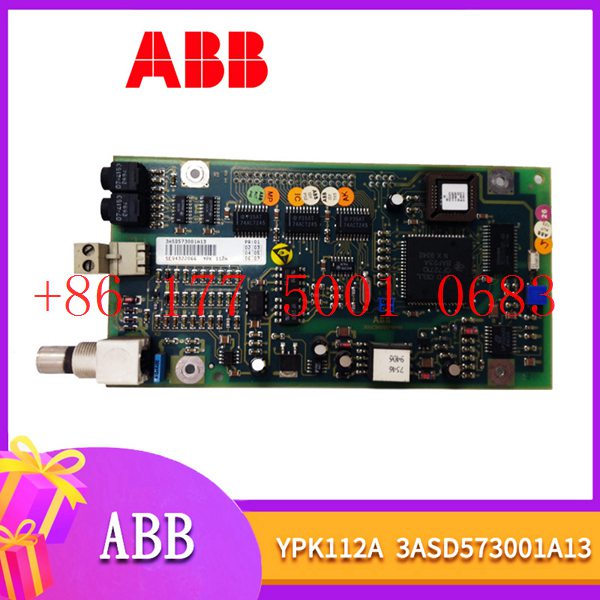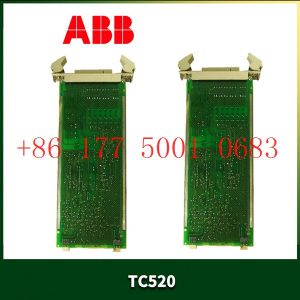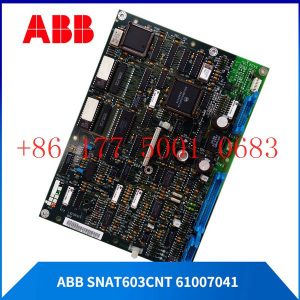Description
In order to reduce the impact of renewable energy on smart grids, ABB not only strengthens the stability of the power generation link, but also spends a lot on smart grids. The 2011 “ABB Automation World” will discuss photovoltaic inverter technology and energy storage technology. Many hot spots. ABB proposed the idea of building solar power stations in the Sahara Desert in the 1990s. In 1992, ABB technology development manager Gunnar Asplund proposed building wind, solar, hydropower and geothermal power stations in Africa, and using ABB’s leading high-voltage direct current transmission technology. (HVDC) to deliver electricity to Europe.
Robots bring new revolution in photovoltaics
While ABB plays the role of a component purchaser, it also serves component and battery companies. ABB robots are active in the new factories of LDK LDK and Yingli. In addition to ensuring long-term efficient and high-quality production, robots are also the best way to solve the shortage of technicians in enterprises. At the same time, the continuous upgrades in robot performance and efficiency are difficult to match with manual labor. This is also a major trend in future industry development: human- and capital-intensive industries are moving towards technology- and capital-intensive industries.
The biggest feature of ABB is that they make full use of their resources and technologies in the field of automation and have developed an equipment monitoring system. Each piece of equipment sold is monitored in real time in ABB’s control center. Once the loss of a certain part or the operation condition reaches Alert value, ABB maintenance personnel will rush to the scene before the fault occurs to eliminate it invisible.
At present, robots in the photovoltaic industry should still be dominated by manipulators. ABB has been committed to developing parts suitable for robots in all aspects of photovoltaic. “ABB’s robots can increase customers’ economic benefits, improve product quality, and reduce losses. In this way, the investment in the machine itself is far lower than the return on investment.”
For the photovoltaic industry, robots have the following outstanding advantages:
1. Reduce the fragmentation rate and improve product quality;
2. Improve production efficiency;
3. Save floor space;
4. There is bound to be survival of the fittest in the photovoltaic market. Small-scale companies face survival pressure. Having automated and robotic equipment can improve the overall strength of the company and make the company in an invincible position in the face of domestic and foreign competition.
5. Robots have been the driving force behind manpower reduction in recent years.
After robots for component handling, battery and silicon wafer loading were introduced to the market, the robot IRB1600, known as the “all-round champion”, was applied to the PECVD graphite boat wafer pick-up/insertion system. The IRB uses internal wiring, which reduces cable wear and eliminates maintenance. And the speed reaches an astonishing 3,000 cycles per hour, including taking and inserting films. With a load capacity of 6kg to 8kg, high precision ensures product quality and scrap rate. At the same time, the special fixture effectively prevents damage to the coating surface, and the operating space is fully enclosed. It adopts IP67 protection level, clean room ISOClass5, and can be steam cleaned.
The robot production line represented by ABB will bring a technological revolution to the photovoltaic industry after changing the production model of the automobile industry .
Excitation system ABB module INIIT13
Excitation system ABB module INIIT13
Excitation system ABB module INIIT12
Excitation system ABB module INIIT03
Excitation system ABB module INIIT03
Excitation system ABB module INIIT02
Excitation system ABB module INIIT01
Excitation system ABB module INIET800
Excitation system ABB module INICT13A
Excitation system ABB module INICT13A
Excitation system ABB module INICT13
Excitation system ABB module INICT12
Excitation system ABB module INICT03A
Excitation system ABB module INICT03A
Excitation system ABB module INICT03
Excitation system ABB module INICT03
Excitation system ABB module INICT01
Excitation system ABB module INICT01
Excitation system ABB module INICT01
Excitation system ABB module INICT01
Excitation system ABB module INFBA01
Excitation system ABB module INFBA01
Excitation system ABB module INDDM01
Excitation system ABB module INDDM01
Excitation system ABB module INBTM01
Excitation system ABB module INBTM01
Excitation system ABB module INBIM02
Excitation system ABB module INBIM02
Excitation system ABB module IMUSM01
Excitation system ABB module IMUSM01
Excitation system ABB module IMTSA01
Excitation system ABB module IMTSA01
Excitation system ABB module IMSPM01
Excitation system ABB module IMSPM01
Excitation system ABB module IMSET01
Excitation system ABB module IMSET01
Excitation system ABB module IMSET01
Excitation system ABB module IMSET01
Excitation system ABB module IMSER02
Excitation system ABB module IMSER02
Excitation system ABB module IMSED01
Excitation system ABB module IMSED01
Excitation system ABB module IMSED01
Excitation system ABB module IMSED01
Excitation system ABB module IMRIO02
Excitation system ABB module IMRIO02
Excitation system ABB module IMRIO02
Excitation system ABB module IMRI002
Excitation system ABB module IMRDO01
Excitation system ABB module IMRDO01
Excitation system ABB module IMRDI13
Excitation system ABB module IMRDI13
Excitation system ABB module IMRDI01
Excitation system ABB module IMRDI01
Excitation system ABB module IMRCC02
Excitation system ABB module IMRCC02
Excitation system ABB module IMRAO02
Excitation system ABB module IMRAO02
Excitation system ABB module IMRAI12









Reviews
There are no reviews yet.